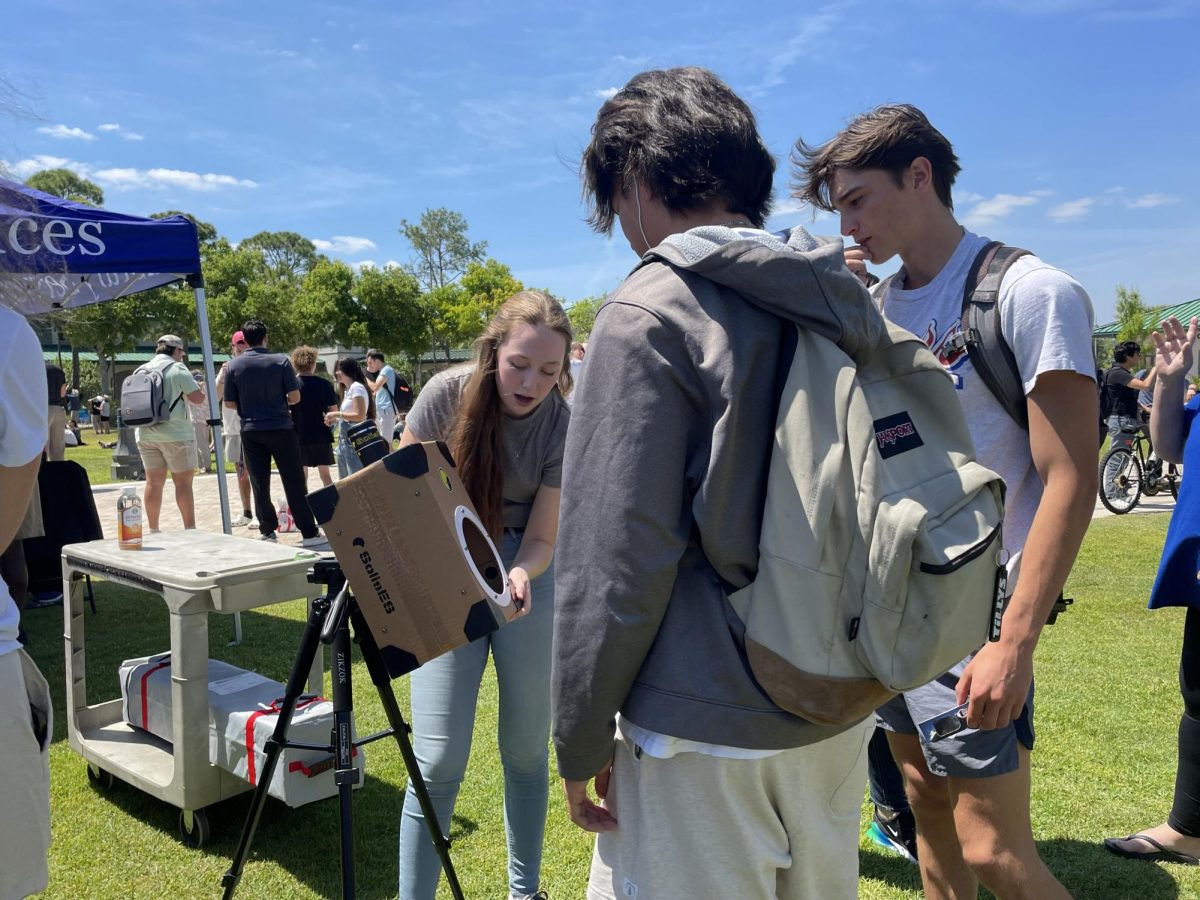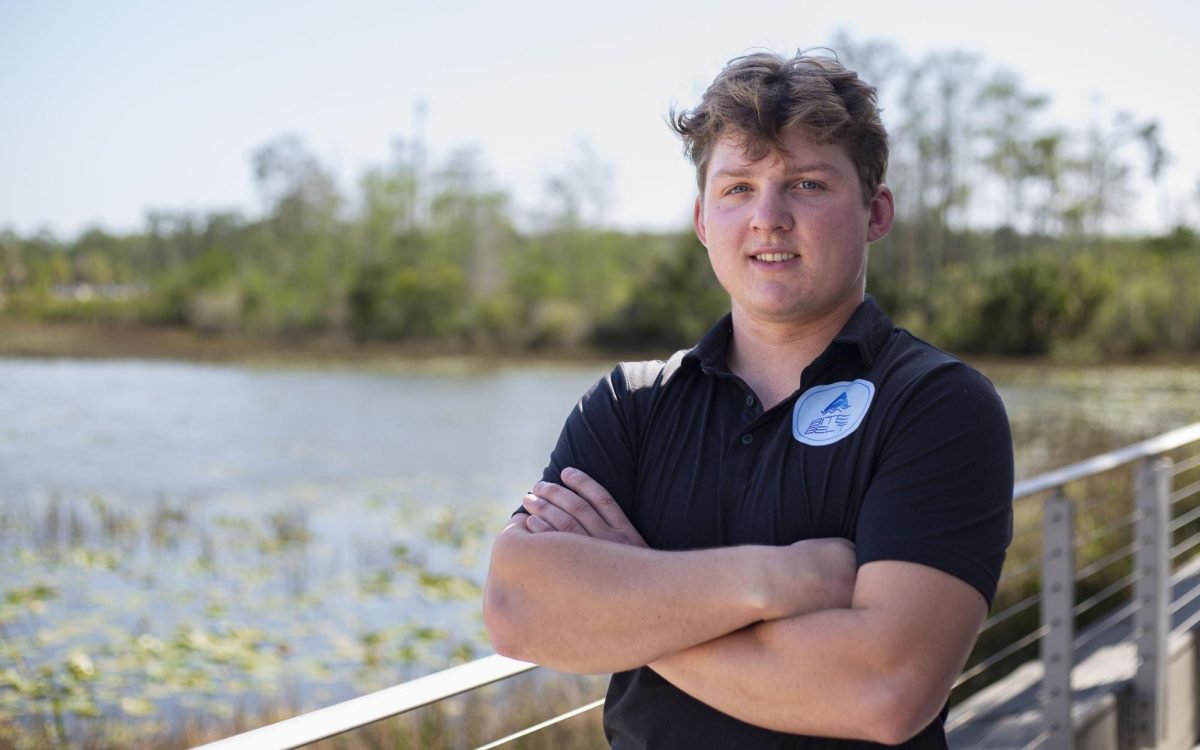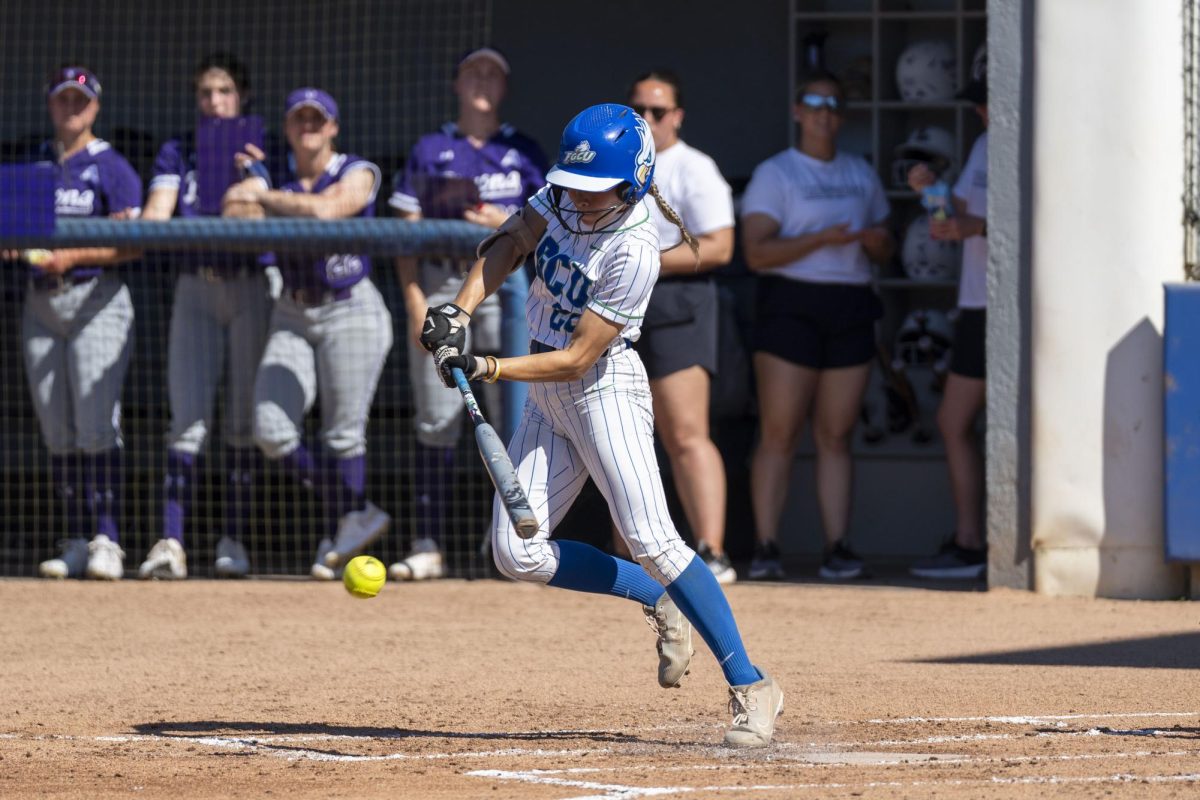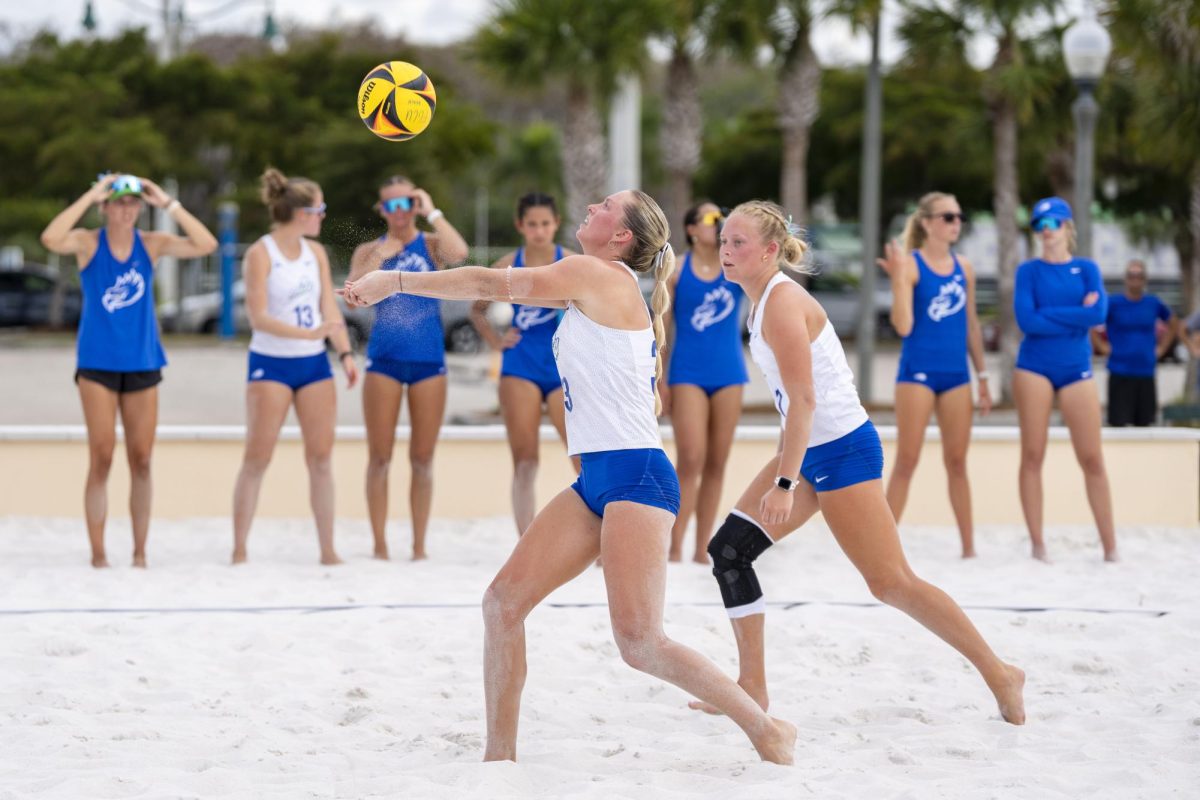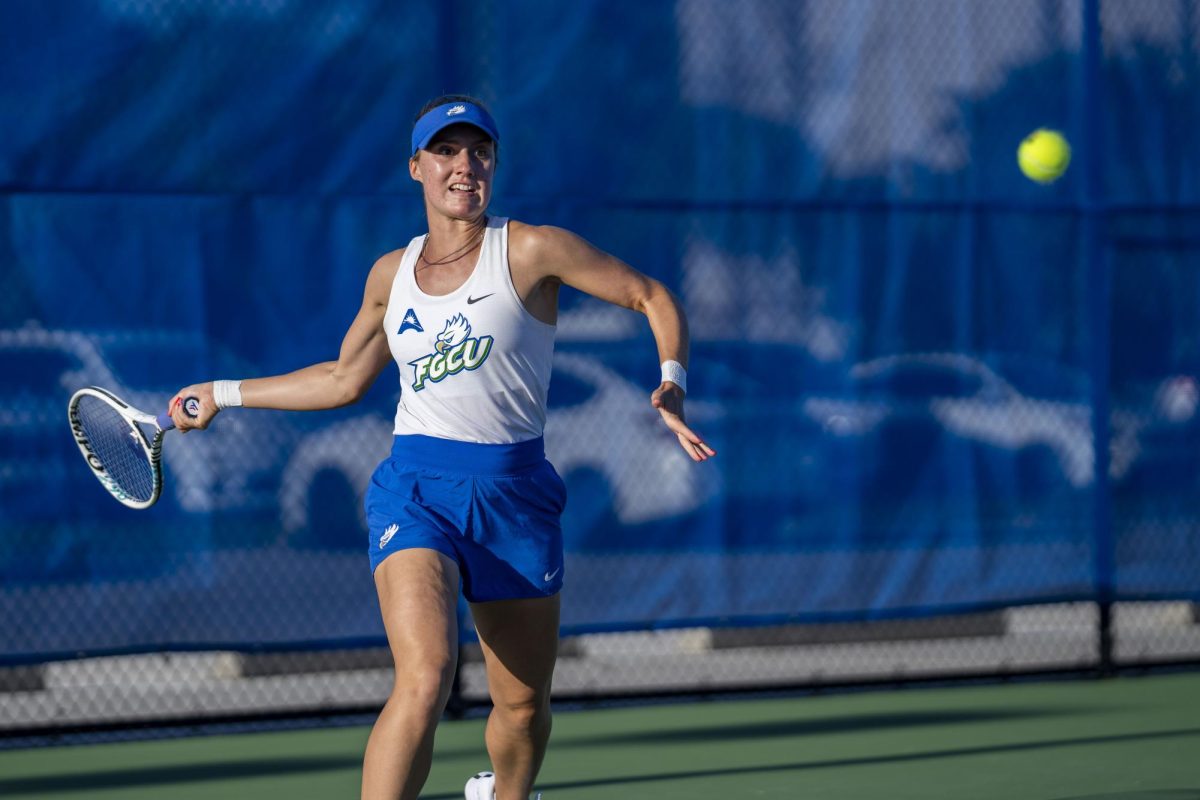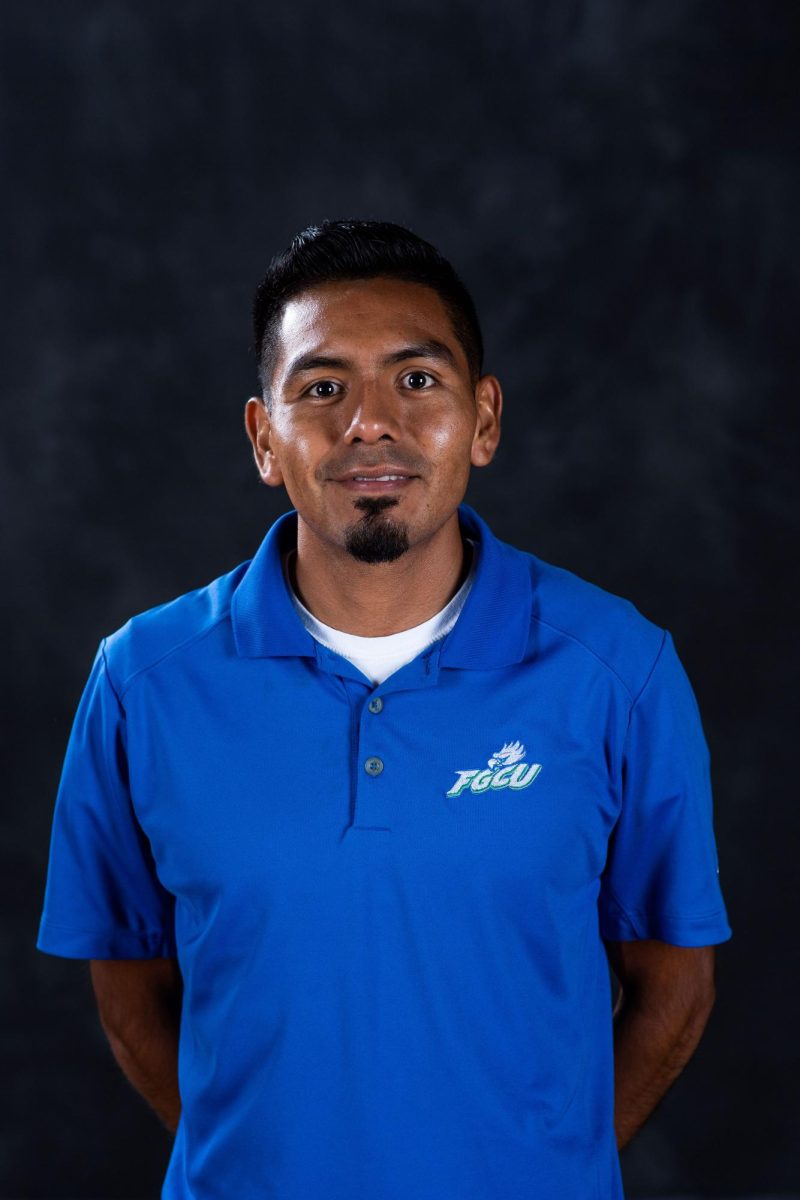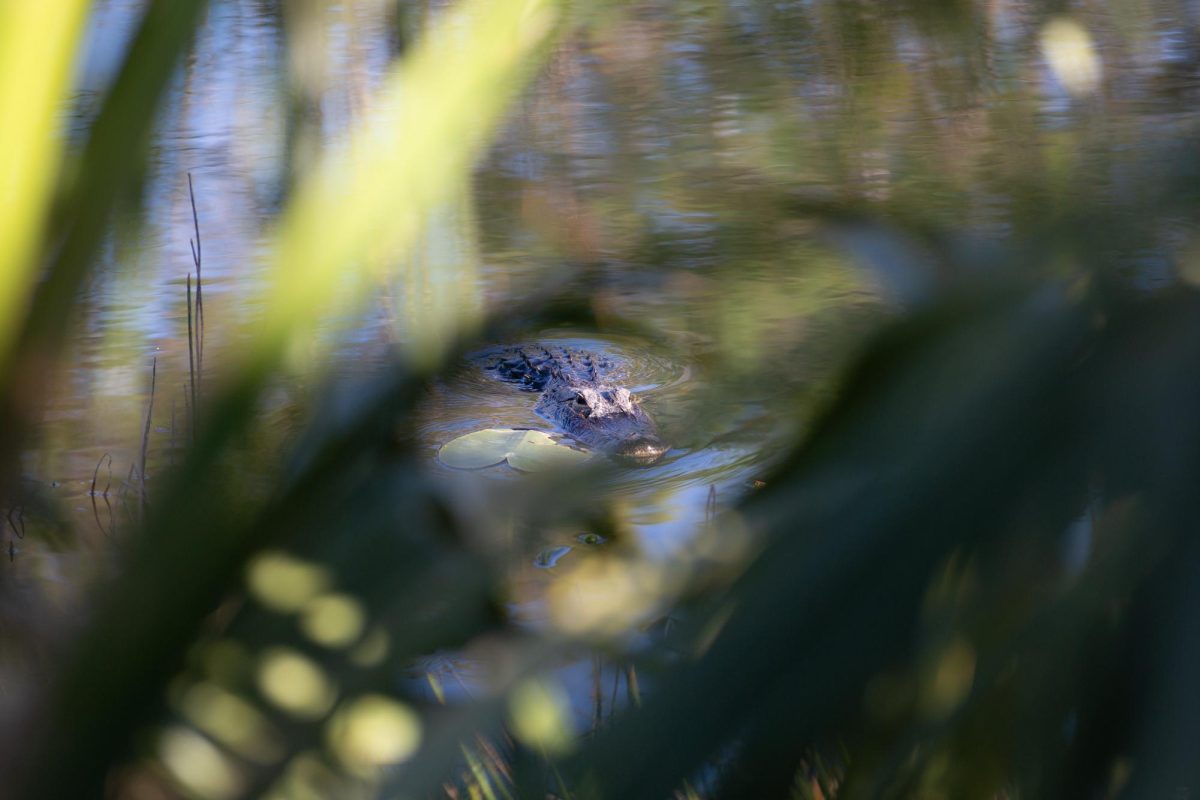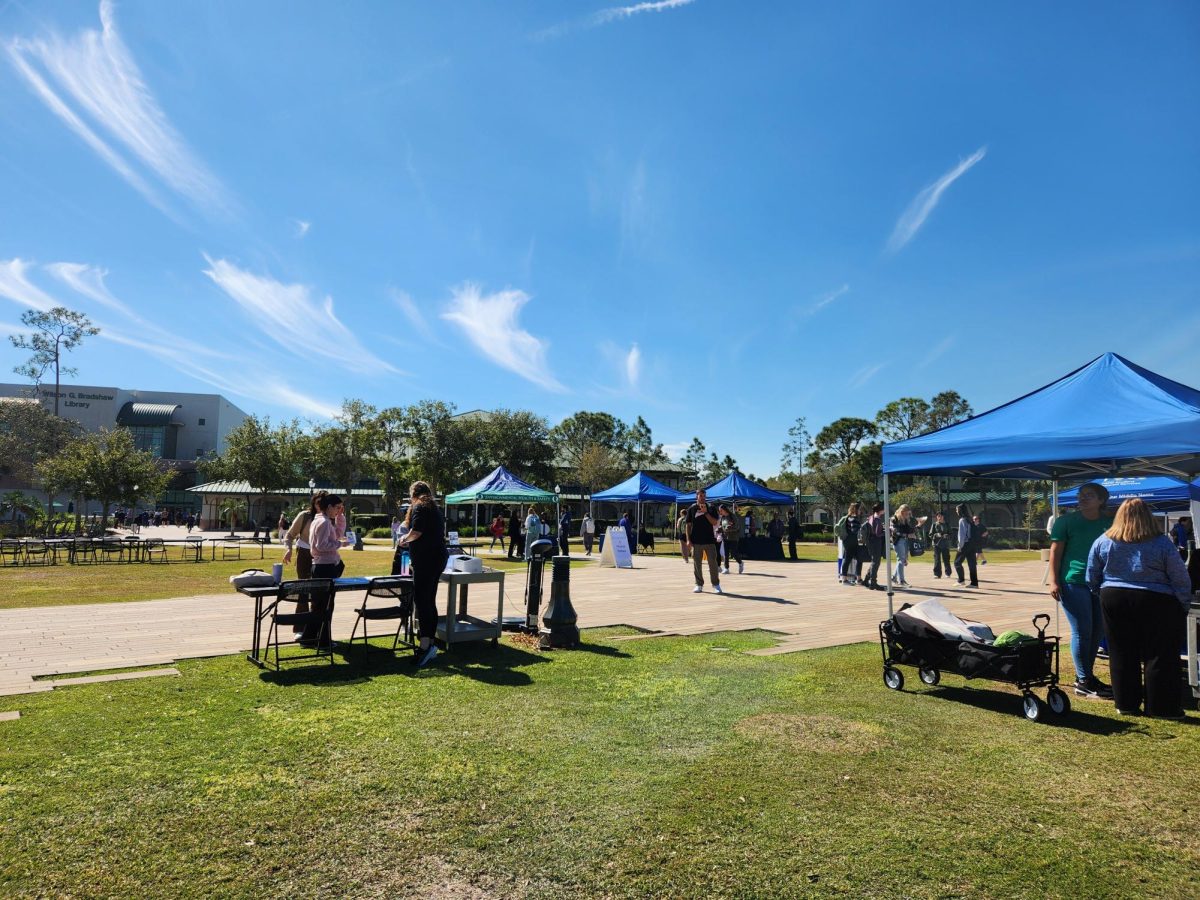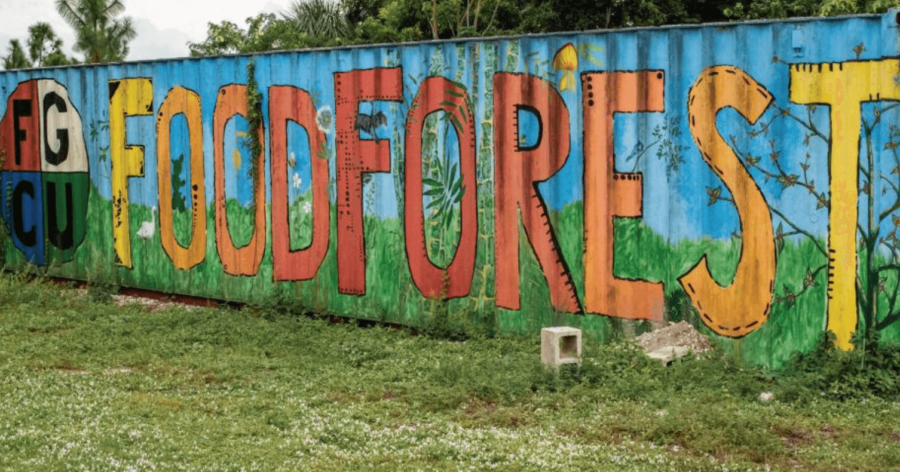By Nina Mendes
Beat Reporter
When entering the FGCU Food Forest, the serene atmosphere entices you to trek deeper. Thriving foliage with budding flowers line the dirt path beneath your feet and fruits hover above.
The land is healthy, breathing and alive.
The FGCU Food Forest is an edible, botanical garden located by the Kleist Health Education Center at the head of campus.
The land consists of a combination of tropical and subtropical fruits and plants. Its permaculture design is intended to provide education about geography and lifestyle. Earth Care, People Care and Fair Share are tenants that govern the Food Forest.
The Food Forest is student-led, and the produce is free for students and faculty.
“The Food Forest creates a space for students to learn more intimately about the fruit, vegetable, medicinal, and native plants that do well in our area,” said Food Forest Coordinator, Andrew Adkins. “The forest takes students away from classrooms and puts them into a situation where they can put their hands in the soil and learn via example.”
Adkins runs an Instagram page dedicated to Southwest Florida gardening, which highlights local, native fruits and plants.
Every Saturday from 8 a.m. – 1 p.m., the Food Forest Coordinators host events and welcome student volunteers.
Many volunteers prune plants, clear brush from walkways, and plant new additions into the forest’s ground.
Brendan Beardsley, a junior at FGCU, has been volunteering his time on Saturday mornings for over a year.
“The Food Forest is a beautiful place to learn and to work with other students towards a common goal,” Beardsley said. “I met new friends here, and I really enjoy learning about how everything interacts with each other.”
The Food Forest’s mission is to educate staff, students, and community members about environmental sustainability and raise awareness of our sustainable actions at the university.
“The Food Forest has taught me more than I ever anticipated, but it all comes down to [an] appreciation of our land and our connection to food,” said past Food Forest Coordinator, Bo Cherry. “I hope volunteers take away the perspective that staying connected to where our food comes from is very important, and it helps build community in the local area through shared stewardship of the land.”
Cherry began volunteering with the Food Forest during his sophomore year of college. He worked as a coordinator during his junior and senior years until he graduated in Spring 2019.
The forest has some basic guidelines and rules of proper etiquette that everyone must follow to ensure safety.
The grounds are open from sunrise to sunset. The Food Forest Coordinators ask people to not remove flowers, foliage, insects, or plants from the terrain.
Coordinators advise visitors to wear closed-toe shoes, sun-protective clothing, bring water and stay on the designated walkways.
Students looking to get involved and earn service-learning hours through the Food Forest can learn more information through their website.
“It’s very peaceful and fun to see all the life that resides in the Food Forest,” Beardsley said. “I would recommend [students] volunteer there [to] learn more about what the Food Forest is and all the things it has to offer the students at FGCU.”

